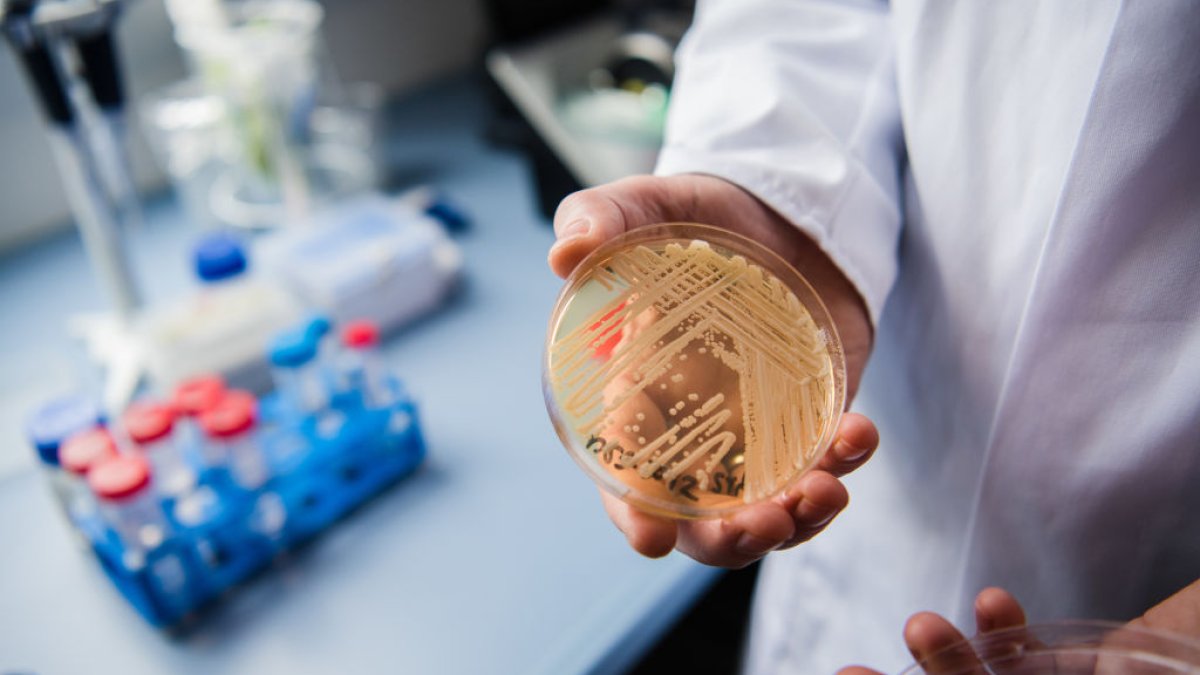NEW YORK — Cases of a dangerous fungal infection in the United States are spreading at an “alarming rate,” according to a recent CDC report, and now New York is taking steps to prevent more people from getting infections.
Despite the fact that the number of cases in the country has tripled in just three years, and that more than half of the states have reported it, infections with the fungus known as Candida auris oc date back a few years in New York, with the first case detected in 2016 (another case from 2013 was identified retroactively and was the first case in the United States).
On Wednesday, the state released a graph showing the number of cases New York has seen over the past decade, with the most in 2022, as well as the previous two years during the height of the COVID-19 pandemic.
| Year | Number of clinical cases | Number of surveillance cases |
| 2013 | 1 | 0 |
| 2014 | 0 | 0 |
| 2015 | 0 | 0 |
| 2016 | 26 | 11 |
| 2017 | 99 | 128 |
| 2018 | 158 | 254 |
| 2019 | 178 | 306 |
| 2020 | 250 | 200 |
| 2021 | 291 | 348 |
| 2022 | 379 | 498 |
| *2023 | 72 | 125 |
| Total* | 1454 | 1870 |
* Figures for 2023 are as of March 22
The coronavirus likely drove some of the increase, researchers from the Centers for Disease Control and Prevention wrote in the article published Monday by Annals of Internal Medicine. Hospital workers were tense about patients with COVID-19, and that likely took their focus away from disinfecting other types of germs, they said.
Candida auris is a form of yeast that is generally not harmful to healthy people, but can pose a life-threatening risk to fragile patients in hospitals and nursing homes. It spreads easily and can infect wounds, ears and the bloodstream. Some strains are called superbugs that are resistant to all three classes of antibiotics used to treat fungal infections.
It was first identified in Japan in 2009 and has been seen in more and more countries. The fungus can survive on surfaces in healthcare settings, where it can spread between patients. Those who have multiple comorbidities and need a respirator are among the most at risk of contracting the infection, the state said.
Most of the cases in New York have been discovered in facilities in the New York area, although some have been found outside the metropolitan area.
The new study found that cases continued to soar across the country, reaching 476 in 2019, 756 in 2020, and then 1,471 in 2021. Doctors also detected the fungus on the skin of thousands of other patients, causing them to become a risk of transmission to others.
Many of the first cases in the United States were infections that had been imported from abroad, but now most infections have spread within the country, the authors noted.
On Wednesday, New York Governor Kathy Hochul said the first step to stopping the fungus from spreading was being able to identify and monitor cases “before they start spreading rapidly.” He went on to call the CDC report “troubling,” but said “the Department of Health’s ability to track these infections is leading the country and continues to help us take the aggressive action needed to contain this threat and ensuring that our health care facilities are safe.”
The state Department of Health said it would continue to provide guidance to help hospitals and nursing homes prepare for any potential outbreaks, as well as improve surveillance for the fungus while implementing implementation of prevention and control measures.
The department said anyone infected with the fungus should be moved to a private room or an area with patients or residents with the same infection, measures similar to those taken when COVID-19 ravaged the state in 2020.
Importantly, the acting health commissioner, Dr James McDonald, stressed that “there is little risk of Candida auris to the general public” and explained how it can be avoided.
“Candida auris usually infects people who are already sick, it can be prevented by washing hands thoroughly and cleaning surfaces, as well as wearing personal protective equipment,” he said. Dr McDonald.

